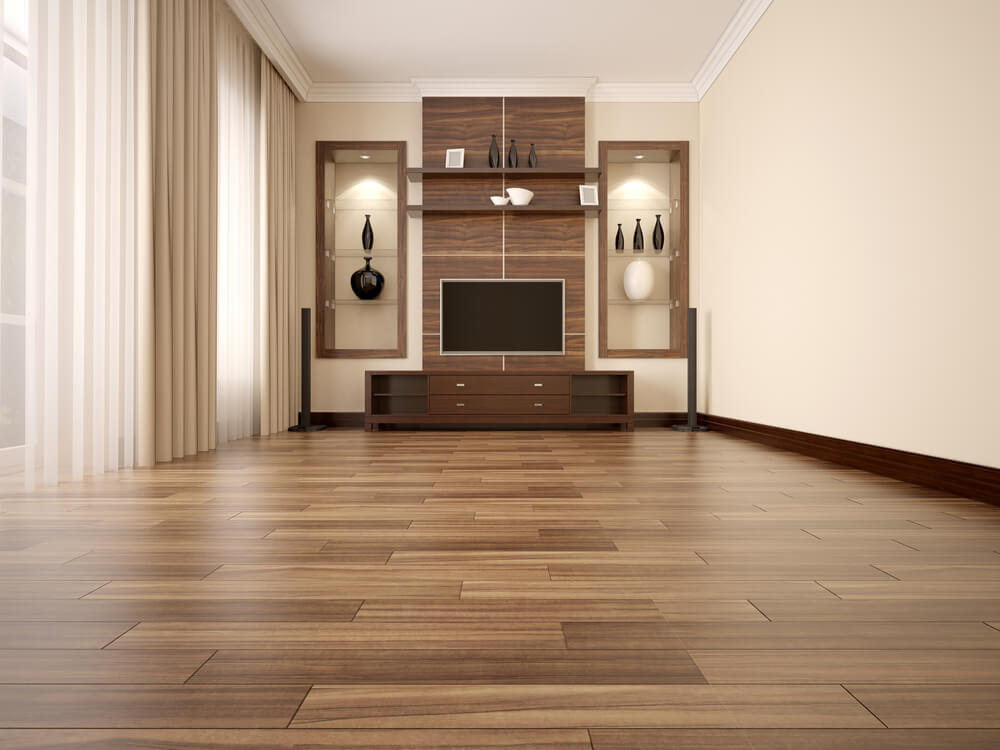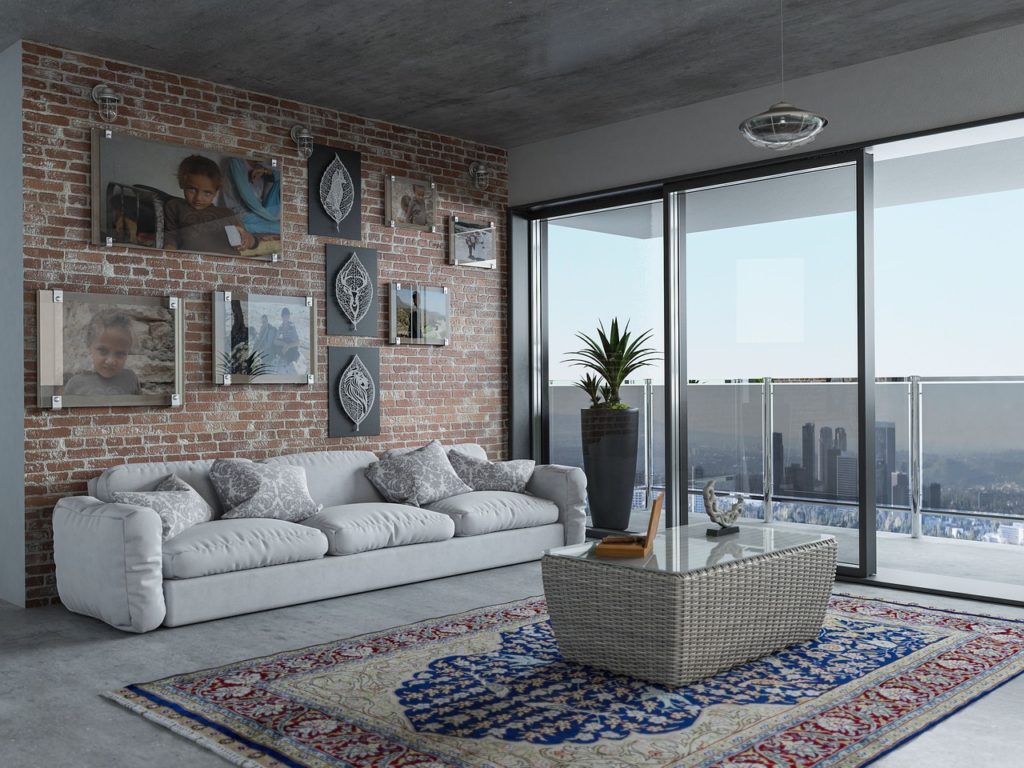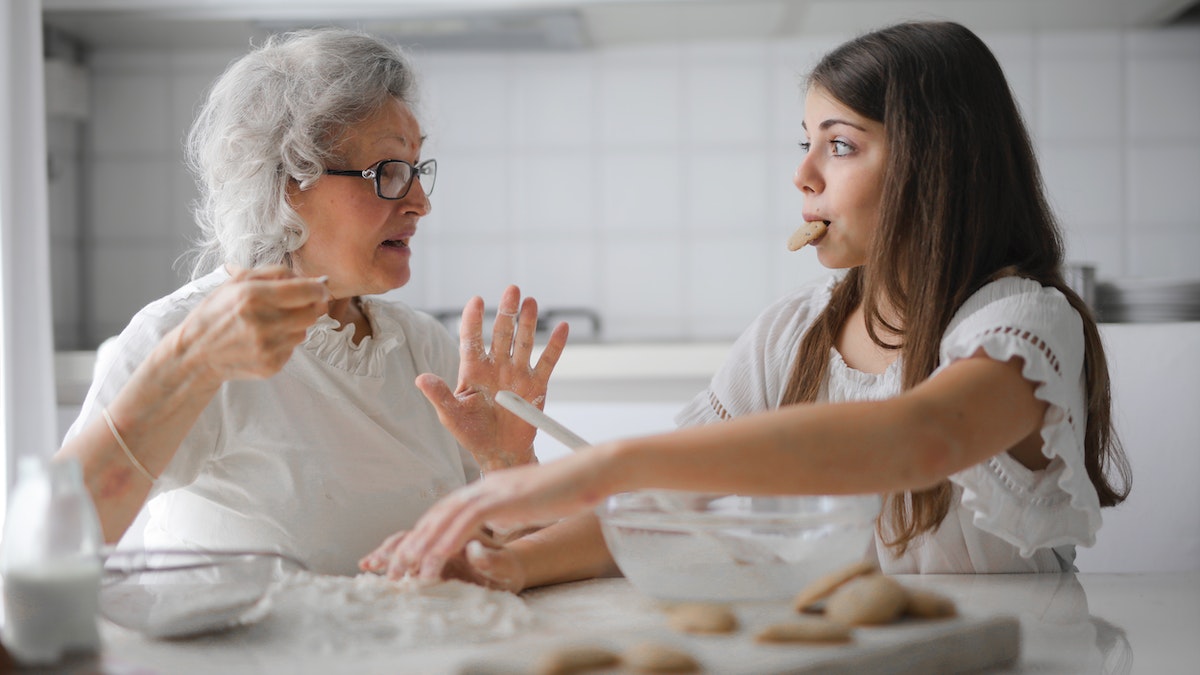According to the World Health Organization, people above 60 will likely double by 2050. This increasing age is due to modern medicine and advancements in science that have allowed individuals to live longer. However, since aging gradually decreases a person’s mental and physical aptitude, you must prepare for whatever happens next.
If your parents or a loved one are getting closer to old age, you might want to start rethinking some important house décor changes. This is because elderlies often encounter mobility problems within their homes, significantly impacting their daily lives and overall well-being. One common challenge is navigating stairs, especially for those living in multi-level houses. As aging affects balance and coordination, climbing stairs can become daunting and risky, increasing the likelihood of falls and injuries. Additionally, cramped spaces and cluttered pathways within homes can impede mobility and make maneuvering more difficult for older adults.
Even if someone’s always around to help your old loved ones, being unable to navigate independently compromises their independence, severely impacting their mental health. Therefore, in such circumstances, you must do all you can to facilitate their mobility and allow them their freedom for as long as possible.
So if you want to implement these changes but are unsure where to start, begin with these six things every senior-friendly home should have.
Table of Contents
1. Essential Bathroom Upgrades
Addressing your bathroom and making necessary renovations should be a top priority with seniors living inside your house. While you can make several essential upgrades here, one of the most vital ones is a walk-in tub installation. This tub has a built-in bench and a low watertight wall allowing adults to cross the threshold easily. Older people with mobility issues find navigating these a lot easier since it eliminates high barriers and minimizes the risk of falling or slipping.
You should also consider installing grab bars near the toilet, shower, and bathtub so they can provide much-needed support and stability, reducing the risk of injuries. These grab bars should be securely mounted and designed to bear an individual’s weight to offer reliable assistance.
2. Well-lit Rooms
With age, your senses and their abilities start diminishing. The sense of sight is the same way and is often a leading cause of injuries among seniors. As people age, their eyesight declines, making navigating poorly lit spaces more challenging. Therefore, seniors can see obstacles and trip hazards more clearly by illuminating hallways, staircases, and commonly used areas. This significantly reduces the risk of accidents and keeps them safe from potential dangers around the house.
Moreover, good lighting promotes independence and a sense of security for seniors. When the home is well-lit, they can confidently move around, perform daily tasks, and access essential amenities without feeling anxious or disoriented. It helps them maintain their autonomy and preserves their self-esteem.
3. Safe Flooring

Those above 60 are more vulnerable to injuries due to reduced balance, slower reflexes, and weakened bones. And so, to prevent slips falls, and trips—which can have severe consequences for the older population—having safe flooring is vital.
Safe flooring contributes to an older individual’s overall comfort and mobility within their homes. Soft and cushioned flooring materials, such as carpet or cork, can minimize the impact in the event of a fall, reducing the likelihood of fractures or serious injuries. These materials also provide a more comfortable surface for walking and standing, reducing strain on joints and muscles. Additionally, flooring options that are safe as well as easy to maintain are excellent for seniors who have limited mobility or low energy for cleaning. Durable and stable floors can help create a hygienic living environment while minimizing the risk of slips or falls caused by clutter or debris.
4. Adequate Doors and Doorways
Adequate doorways are essential for accommodating mobility aids, such as walkers or wheelchairs, allowing seniors to move freely and independently throughout the home. Wider doorways enable easy passage, eliminating the need for older adults to squeeze through narrow openings or struggle to maneuver in tight spaces. This accessibility feature enhances their overall mobility, empowering them to navigate their homes confidently and reduce the risk of accidents.
Besides doorways, you should also focus on the doors you install in your home. For example, lever-style door handles are preferable over traditional doorknobs, as they require less grip strength and are easier for individuals with arthritis or reduced dexterity. Swinging doors that open both ways is also advantageous, enabling seniors to move through doorways without turning or navigating around a closed door.
5. Open Spaces

By minimizing furniture clutter and providing clear pathways, open spaces create a more accessible environment, reducing the risk of tripping or getting stuck in tight corners. Older adults often have decreased balance and stability, making it essential to have open areas to move around safely. You can significantly reduce the risk of accidents and falls with fewer obstacles and barriers. Open spaces also allow for easier use of mobility aids such as walkers or wheelchairs, enabling seniors to navigate their homes with minimal hindrance.
Best of all, open spaces promote socialization and engagement. Seniors can gather and interact with family members or friends in spacious areas, fostering a sense of connection and community within the home. Open layouts facilitate conversations and allow for better visibility, making it easier for them to participate in social activities without feeling isolated or confined to limited spaces.
6. Ramps or Elevators
Ramps provide a smooth and gradual incline that allows older individuals with mobility challenges to enter and exit their homes easily. They eliminate the need to navigate stairs, which can be difficult for those with wheelchairs or limited strength. Installing ramps makes houses more inclusive and welcoming, ensuring your parents or loved ones can easily access their living spaces without barriers.
Similarly, elevators offer a practical solution for older adults living in multi-level homes. They provide a convenient alternative to stairs, allowing them to move between floors effortlessly. Elevators eliminate the physical strain and potential hazards associated with climbing stairs, particularly for those with joint pain or reduced mobility. They also accommodate people who use wheelchairs or have difficulty with stairs due to balance issues. Elevators provide a higher level of independence, enabling seniors to access different areas of their homes without relying on assistance from others.
Conclusion
Simple home improvements can go a long way in ensuring your elderly parents or loved ones hold on to their independence and pride for a while. Besides helping ease their physical limitations, making changes like the ones above can also significantly improve their mental health and make them feel less isolated.

Alex is fascinated with “understanding” people. It’s actually what drives everything he does. He believes in a thoughtful exploration of how you shape your thoughts, experience of the world.



